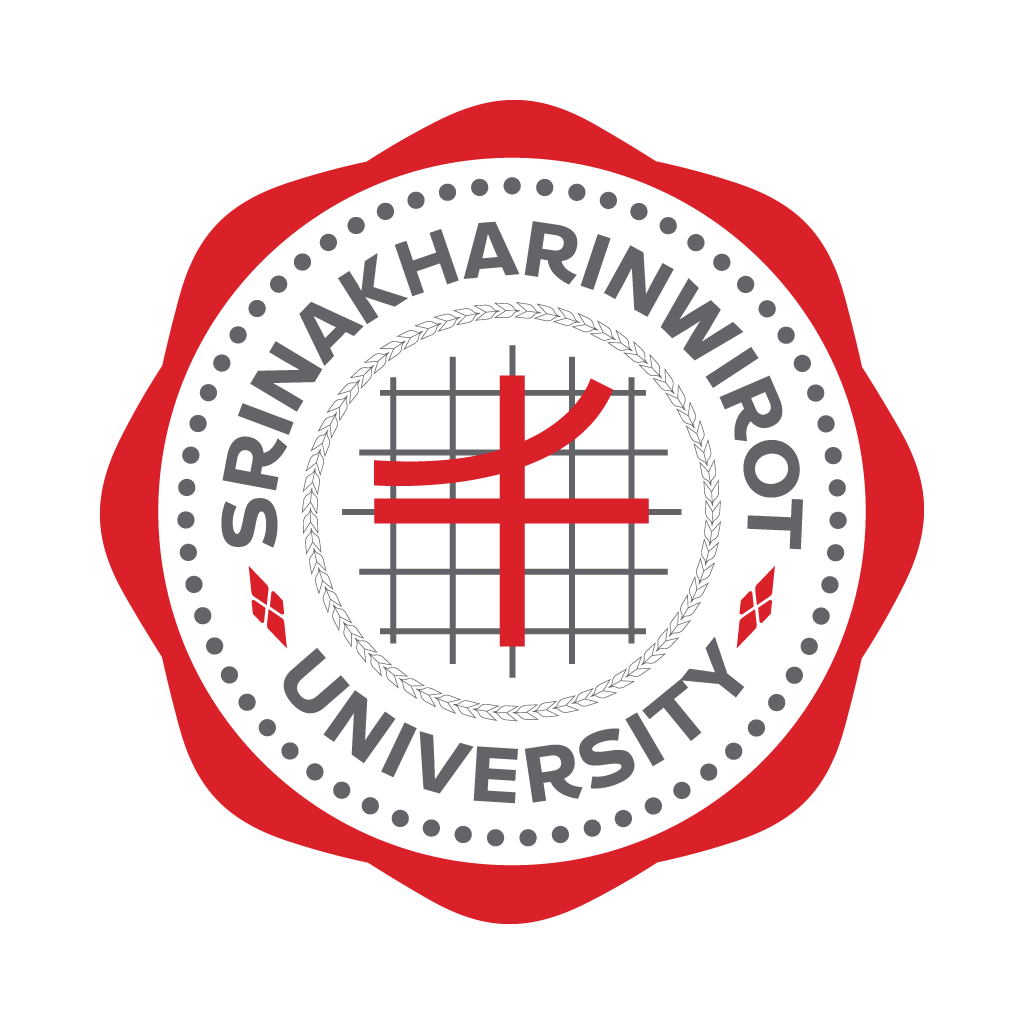





| Target | Indicator | Result |
|---|---|---|

SDG 4
QUALITY EDUCATION
|
||
| 4.1 By 2030, ensure that all girls and boys complete free, equitable and quality primary and secondary education leading to relevant and effective learning outcomes | 4.1.1 Proportion of children and young people (a) in grades 2/3; (b) at the end of primary; and (c) at the end of lower secondary achieving at least a minimum proficiency level in (i) reading and (ii) mathematics, by sex | Sixty primary students at a rural school improved their English vocabulary. |
Using children’s tales, forty-seven undergraduate students in the EN451 Children’s Literature course applied their IT skills and knowledge of literature to create materials and design activities to teach sixty students at Watkhaopra School, U Thong District, Suphan Buri Province from December 11-12, 2019. A survey done before the project showed there were no English teachers or English teaching materials at the school. The intent was to create an engaging environment for learning English. The project took six weeks and was divided into four stages. In the preparation stage, the instructor divided students into six groups and described the project. The instructor prepared guidelines which included lesson examples, resources, and assessment criteria. Students took a critical reading test, then worked in groups to decide which texts to use, assign individual responsibilities, and plan the project. In the second stage, students gathered information, created materials, and designed activities. Once a week, students discussed their progress with the instructor. On December 11-12, students taught the class, using technology to supplement the instruction. The Watkhaopra School students were given a pretest, then divided into six groups. The groups then proceeded through six “stations,” doing activities led by the six groups of undergraduates. After the session, students took another test and completed a questionnaire. Lastly, the undergraduate students were asked to evaluate and reflect on their classroom experience, take a post-test, and fill out a questionnaire.
One goal of the project was to offer equal educational opportunities to rural students. Watkhaopra School students lack the educational opportunities of some city students. For example, rural students study with teachers who do not specialize in English and who, as admitted in the survey, do not know how to create engaging activities. This project gave the students meaningful experiences, as was shown on the questionnaire, on which they rated the class with the highest level of satisfaction (M = 5). In addition, results from the English vocabulary test showed that all the Watkhaopra School students improved their English vocabulary. All materials created for the class were given to the school.



